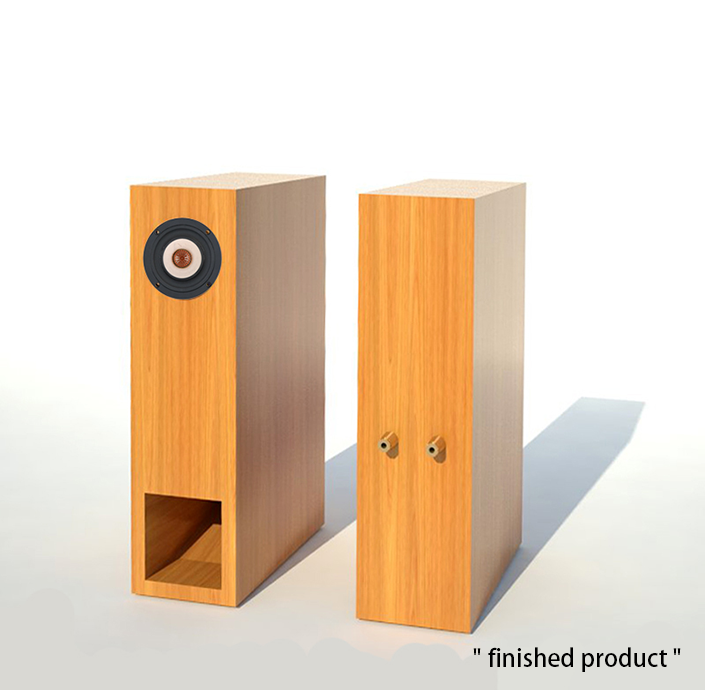

- #Best speaker enclosure design driver
- #Best speaker enclosure design manual
- #Best speaker enclosure design software
We can’t list every piece of software here, but these are just some of the more popular ones, or ones we’ve been acquainted with in the past:ĪJ Designer – AJ Designer speaker design software has the ability to help with bandpass, vented, and sealed subwoofer designs. While you can certainly design a box, do your own math, and add your own drivers, investing in a good piece of speaker design software will do wonders. The next thing you’re going to inevitably want to investigate is speaker cabinet design software. Here is a great Excel-based application/file that can help you if you are interested in designing and building your own crossover.Įxample: I’m going to use a passive crossover kit that should do what I need.

It all depends on how far you want to take or customize your loudspeaker design. Some, however, may opt to roll their own passive crossover network–perhaps based on a computer recommendation or an existing kit design. Chances are that you’ll be using an existing kit if you go with an active design since they are so difficult to design. Before you’ll be able to continue with your speaker design, you’ll need to understand whether or not your design will be active or passive.
#Best speaker enclosure design driver
In most cases, however, a crossover is needed to filter what frequencies go to the tweeter or high frequency driver and which go to the low frequency driver. Crossover Design – Passive, Active, or a KitĪ crossover is a typical component in any loudspeaker design, though I have heard of designers custom-making speakers without the use of a crossover. For now, just know that you have some preliminary decisions to make before going too far.Įxample: I want a trapezoidal top on a ported cuboid base. We’ll get into the software considerations later in this article. Will the box be ported (also called a bass-reflex design)? Where will that port exist (front or back)? Will you opt for an acoustic suspension design (also called a sealed design)? Each of these considerations needs to take place before proceeding too far down the path of loudspeaker design.
#Best speaker enclosure design manual
Get into a rhombus, however, and now you’re going to need more sophisticated software to understand what might be happening inside the cabinet and how that will affect your speakers.Īfter understanding the basic shape you want to start with, and whether you’ll want to do manual or computer-calculated designing (we recommend using a computer and then checking your work with plenty of listening tests), you then have to determine what other characteristics your speaker will have. There are some very basic principles involved in calculating standing waves and the effects of a speaker on the enclosure (and vice versa) when you deal with a “perfect” cuboid shape. Those are highly advanced designs that incur their own set of difficulties and design challenges.Įxample: I want to go with a tower design that is ported. Do you want a floorstanding tower speaker, or a pair of bookshelves? Are you designing a full-range speaker or a subwoofer? I have yet to see any of my friends tackle a bipole or dipole speaker–and for good reason. H-PAS and other fancy porting solutions aside, the capabilities of the low frequency driver will ultimately interact with the speaker cabinet and affect your low frequency response and tuning. The frequency range–particularly the low frequency extension, will guide some basic dimensions related to the speaker cabinet design. The first thing to decide before choosing a speaker cabinet design is what frequency range you’re going to achieve (or attempt). There were a ton of speaker cabinet design directions he could have gone with, but he settled on some very simple plans that allowed him to do some comprehensive math and acoustic calculations using software made for that very purpose. My friend is an engineer by trade, and a person with an uncanny ability to focus and delve deeply into the principles behind the area of loudspeaker design. It’s not something I would recommend to just anybody. I have a friend who “loves his speakers”.


 0 kommentar(er)
0 kommentar(er)
